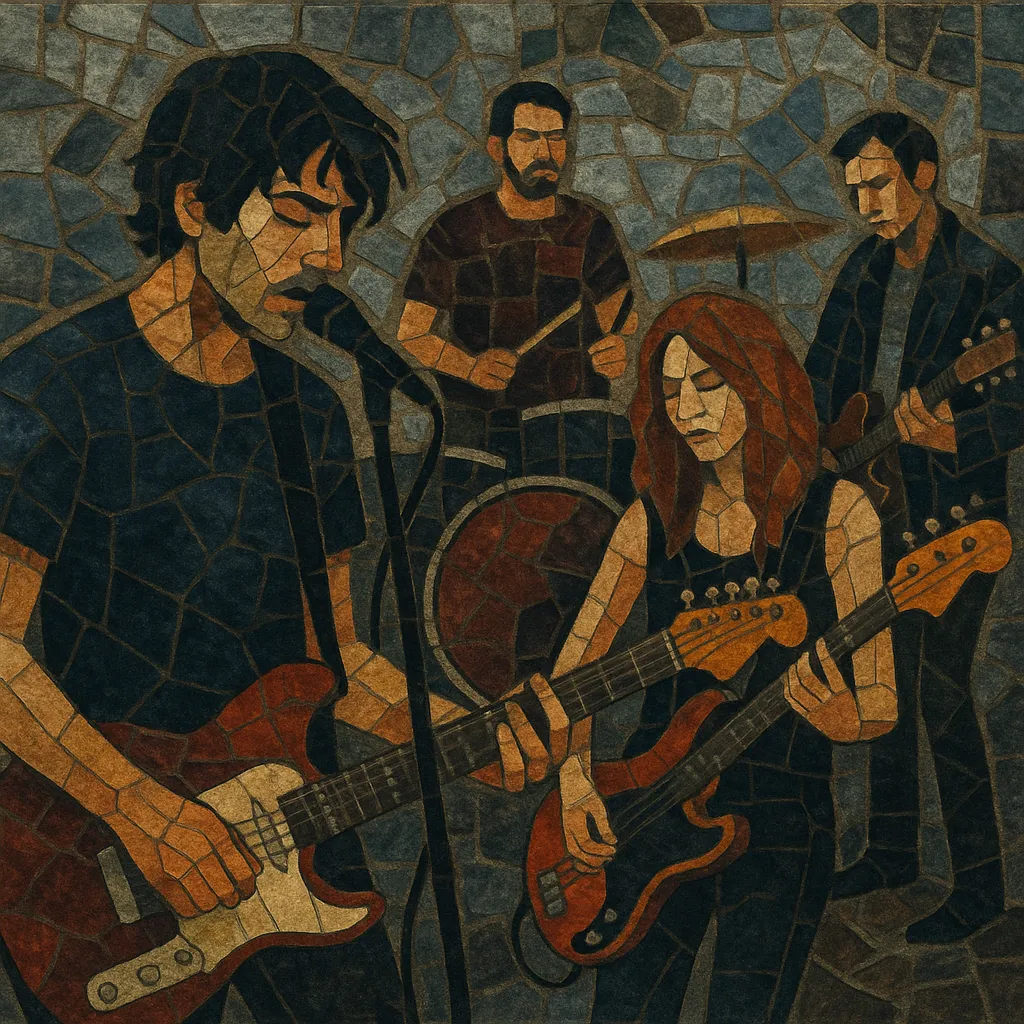
Indie rock is a guitar-centered rock music movement defined as much by its independent production and DIY ethos as by specific sonic traits. Early practitioners worked outside major-label systems, distributing music via small labels, college radio, and fanzines, which fostered a culture of experimentation and community.
Sonically, indie rock ranges from jangly, melodic songs to abrasive noise-leaning textures, from lo-fi home recordings to meticulously arranged studio works. Hallmarks include inventive song structures, literate or introspective lyrics, and a willingness to blend elements of punk, post-punk, folk rock, and psychedelia. Over time, the term has come to describe both an approach to making music and the broad cluster of styles that grew from the independent rock underground.
Indie rock emerged in the United States as an outgrowth of punk’s DIY culture and post-punk’s experimental spirit. Independent labels, small clubs, and college radio networks formed the infrastructure that allowed bands to circulate outside the mainstream. Early scenes drew on garage rock energy, the melodic chime of jangle pop, and the exploratory edge of post-punk and new wave.
By the late 1980s, a distinct “indie” identity had coalesced around self-reliance, aesthetic freedom, and an anti-corporate stance. Zines, record stores, and campus stations amplified a national (and soon international) conversation connecting U.S. and U.K. scenes. In the 1990s, critical favorites and touring networks helped standardize the term “indie rock,” even as the sound diversified—from noise-tinged and artful to jangly, folk-inflected, or cerebral.
The early 2000s saw a wave of indie bands achieve mainstream visibility without abandoning core aesthetics. The internet, MP3 blogs, and later social platforms reduced gatekeeping, while independent labels developed robust artist-support models. A dance-punk and post-punk revival, orchestral and baroque-inflected arrangements, and laptop-enabled production broadened the palette.
Streaming and home-recording tools accelerated cross-pollination with electronic music, hip hop production techniques, and bedroom-pop intimacy. Indie rock became less a single sound than an umbrella for ethos-driven creation, spanning dreamlike textures, angular guitars, lo-fi intimacy, and cinematic arrangements—often released directly to audiences on digital platforms.
Throughout its evolution, indie rock remained tied to independent labels, DIY touring circuits, small venues, and community media. The genre’s history is inseparable from these grassroots systems, which continue to shape its aesthetics and career pathways.
Use a core band setup—two electric guitars, bass, drums, and voice—augmented by keyboards, auxiliary percussion, or strings if desired. Aim for distinctive guitar tones: a blend of clean, jangly sounds (single-coil pickups, moderate chorus/treble) and mildly overdriven textures; alternate between arpeggios and rhythm strumming.
Common tempos range from mid- to up-tempo (90–160 BPM). Use a steady 4/4 with occasional syncopations, dynamic accents, and push–pull interplay between drums and bass. Hi-hat patterns and kick placement can shift verses vs. choruses to create lift without overproduction.
Favor hooky but slightly unconventional progressions: mix diatonic major/minor with modal color (Mixolydian, Dorian), use suspended chords, open strings, and pedal tones. Melodies should be memorable yet conversational; counter-melodies on the second guitar or keys add depth without crowding the vocal line.
Adopt verse–chorus forms but allow room for bridges, instrumental breaks, or dynamic dropouts. Contrast sparse verses with fuller choruses; layer guitars with complementary parts rather than doubling. Consider lo-fi or minimally processed sections to foreground intimacy.
Write introspective, observational, or narrative lyrics—specific imagery over clichés. Embrace idiosyncratic phrasing and a natural vocal delivery; slight imperfections can convey character. Backing vocals or gang harmonies can heighten choruses.
Prioritize authenticity and dynamics over loudness. If pursuing lo-fi aesthetics, limit mic count, lean on room ambience, and accept minor noise as texture. If going hi-fi, keep mixes uncluttered, with prominent guitars and intelligible vocals. Master with moderate loudness to preserve transients.

